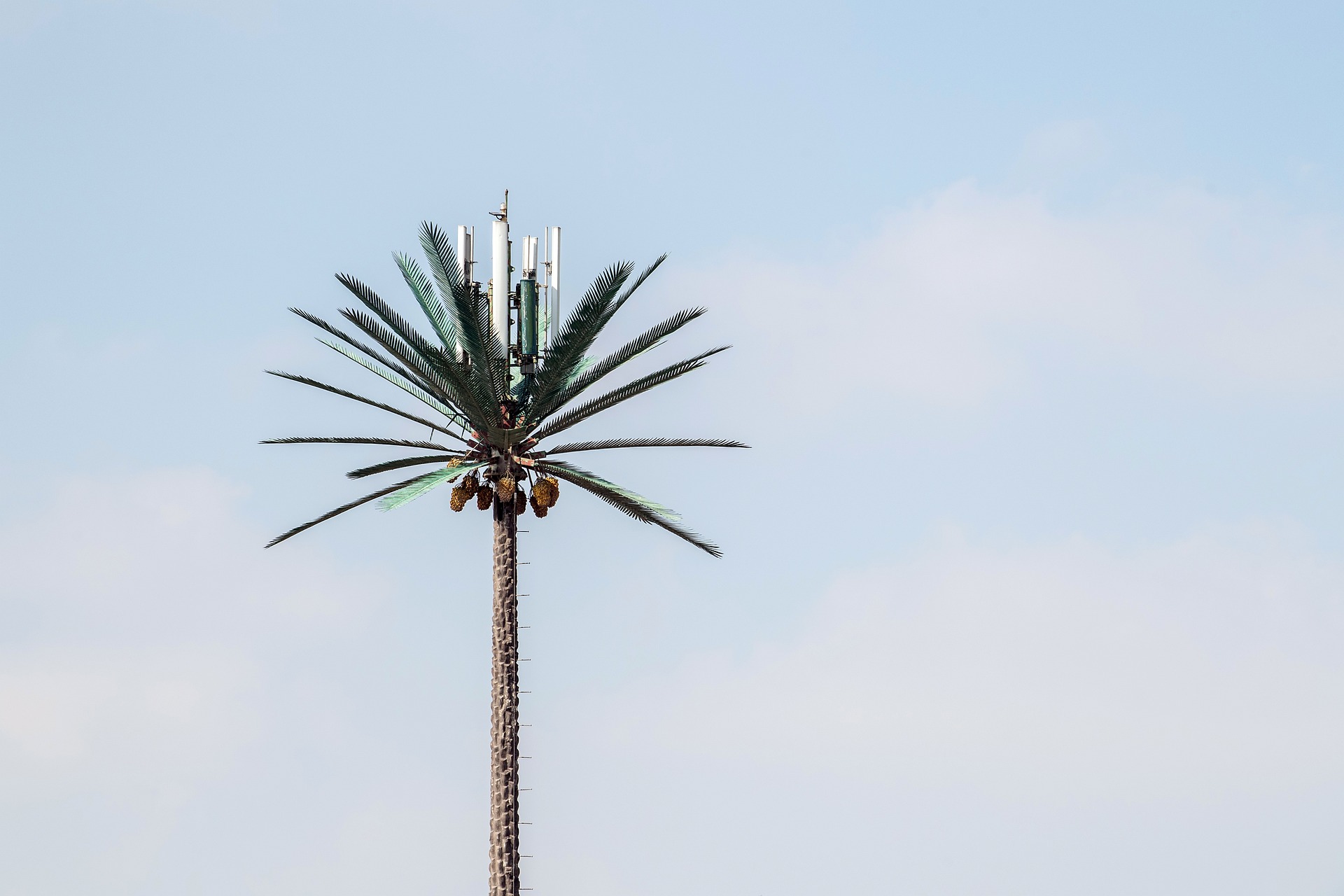Understanding the Advancements in Telecommunication Drones
The world of telecommunications is ever-evolving. With each passing year, we witness new technologies that push the boundaries of what we thought was possible. In this article, we'll delve into a relatively unexplored area of the telecom industry - the use of drones for enhanced connectivity.

Background: The Emergence of Telecommunication Drones
For years, drones have been employed in various industries, from agriculture to photography. However, their potential in the telecommunications industry has only recently begun to be realized. Drones, or Unmanned Aerial Vehicles (UAVs), serve as an effective solution for providing wireless connectivity in areas where it’s otherwise challenging or expensive to do so. They can also play a critical role in disaster recovery, helping restore connectivity in areas hit by natural disasters.
Current Industry Trends and Insights
The use of telecommunication drones is on the rise, with several telecom giants investing heavily in drone-related research and development. Regulatory bodies across the globe are also working towards creating policies that facilitate the integration of drones into telecom infrastructure.
As per expert insights, telecommunication drones can be an excellent complement to existing infrastructure, enhancing the reach and reliability of wireless networks. They can be particularly useful in providing temporary coverage during large events or in disaster-stricken areas where the existing infrastructure is damaged.
The Impact and Practical Applications of Telecom Drones
Telecommunication drones hold immense potential in transforming connectivity landscapes. They can help bridge the gap in areas with poor infrastructure or challenging terrains, ensuring people in these regions have access to reliable communication services.
Moreover, in the aftermath of natural disasters, drones can be quickly deployed to restore connectivity, aiding rescue operations and facilitating communication among affected individuals.
Challenges Associated with the Use of Drones in Telecom
While promising, the use of drones in telecommunications isn’t without its challenges. These include regulatory hurdles, concerns around privacy and security, and technical issues related to battery life and signal interference. However, with ongoing research and technological advancements, these challenges are progressively being addressed.
Looking Forward: The Future of Drones in Telecommunications
The future of drones in telecommunications looks promising. With continued advancements in drone technology and supportive regulatory policies, drones are poised to play an integral role in shaping the future of connectivity. They represent an innovative and practical solution to some of the most pressing connectivity challenges, and their potential applications are limited only by our imagination.
In conclusion, while the use of drones in telecommunications is still in its early stages, there’s no denying their potential in transforming the industry. As we continue to explore new frontiers in connectivity, drones could very well be the next big thing in telecommunications.




